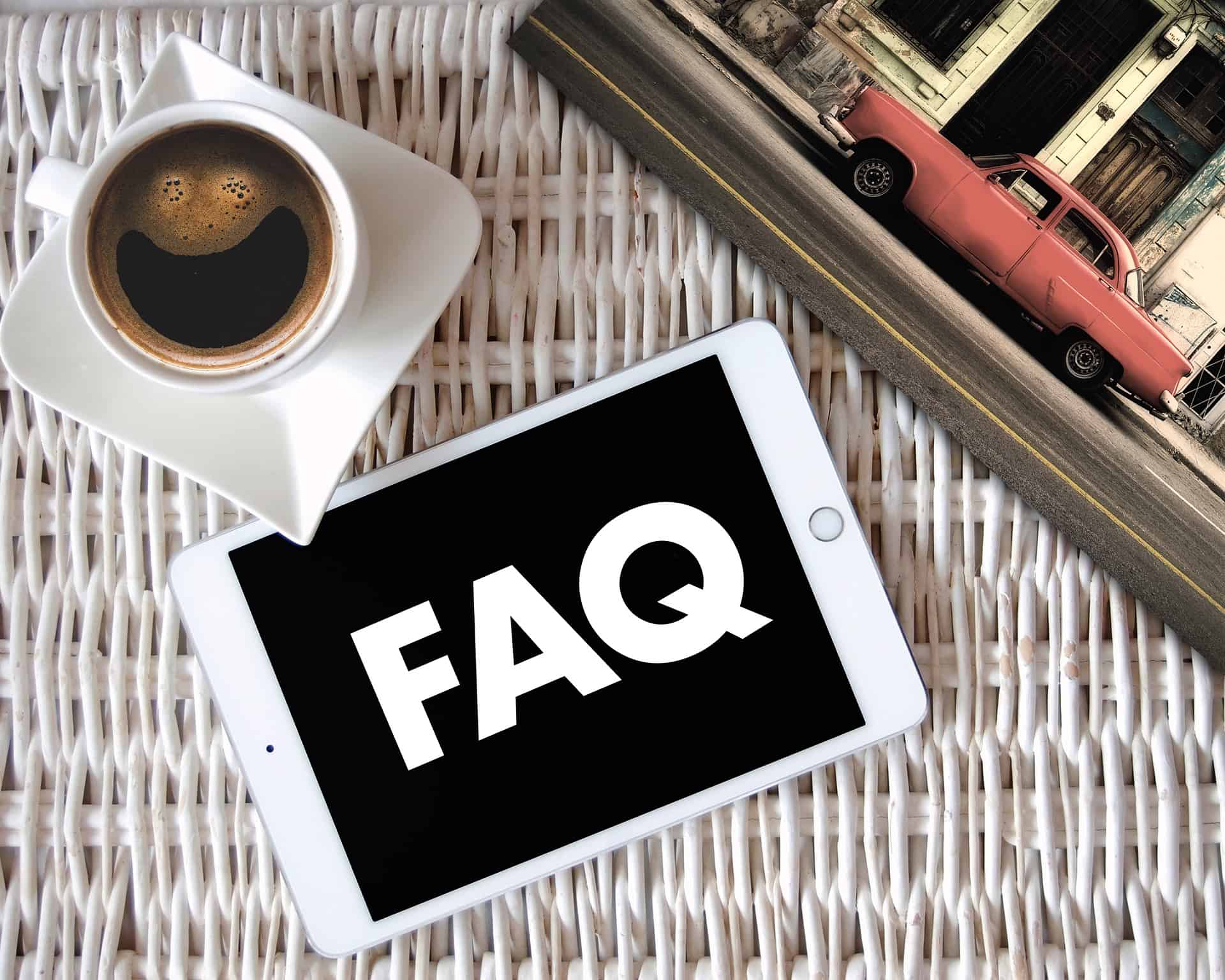What are the requirements for a buy-to-let property?
You’ll need a deposit of around 25%, although some lenders will consider 20%. The deposit amount is based on the valuation or the purchase price – whichever is lower.
The loan amount is usually dictated by loan to value and a ‘rental stress test.’ In broader terms, this means that the more gross rent you are able to charge, the more you will be able to borrow. The stress test is dependent on a few factors, including your income tax bracket and whether you’re on the basic or higher rate. The higher rate tax bracket means that the rental stress test is generally tougher and potentially the loan amount could be lower. Two-year and five-year mortgage products can have different stress tests applied to them and you may find that you get a higher amount of borrowing with a five-year product.
Lenders are increasingly asking for EPC certificates, with a rating of E or above preferred. Alongside this, standard tenancy agreements are favourable, especially if you’re looking at a longer-term let.
Some requirements are more desirable than essential – for instance, lenders like it if you’re an owner-occupier who’s used to the financial obligations of owning property, but it’s not essential. If you have your own earned income (preferably at a minimum of £25,000), many mainstream lenders like to see this too, but again, there are lenders who will consider other criteria and base the mortgage on the rental property.
What are the charges involved in buy-to-let when it is a second property?
You would have the normal legal fees for the conveyancing process, the same as if you were buying a residential property. Land and Buildings Transaction Tax (LBTT) may also be applicable, depending on the purchase price of the property. A big thing to remember is that if your buy-to-let is a second property, it will be subject to the Additional Dwelling Supplement in Scotland, which is 4% of the purchase price, adding a substantial amount to your bill.
In terms of other costs, you may wish to use a letting agent to manage your property. They take a percentage of your gross rental income, but an agent will keep you right on regulations and make sure that your property is compliant.
It is also recommended to speak with an accountant regarding your income, as your rental income will be subject to tax (the same as any other income you receive). An accountant will potentially be able to set you up in a more efficient way. It is best to do this at the outset, rather than once you already own the property.
There are also ongoing maintenance costs, so it may be wise to put aside a pot of emergency money for any leaks or damage to contents that you’re responsible for. You will need buildings insurance which normally comes in the form of landlord insurance. And of course, you will have your mortgage payments. Interest-only buy-to-let mortgages are a lot cheaper than repayment mortgages. However, as it says on the tin, they are interest-only, so you will be due to pay back the amount you have borrowed at the end of the term. A lot of landlords use the sale of their buy-to-let property to pay off the loan amount, so it’s important to be aware of the market and property price fluctuations.
How to avoid (or decrease) the possibility of a difficult tenant, other than a credit check?
Most tenants are great – they pay the rent on time and look after your property, but as with everything, there is always an element of risk. Using a professional lettings service to source your tenants could reduce the risk of falling foul of a bad one. Landlords who try to manage their own properties unfortunately seem to have a higher risk of bad tenants. Trying to juggle your own job, home, family and life, as well as a rental property means that you might not have the time to offer your property and tenants, and it might make it harder to keep up with current legislation too. So unless you decide to use a professional, you should keep on top everything when managing your own property.
Most agents run thorough reference checks, which can include employer and previous landlord checks, previous address history checks and any adverse credit and affordability checks. Of course, your gut instinct is a major factor, so if something doesn’t feel right, trust your instincts. If someone is rushing to move in or trying to bypass the regular checks, that can indicate a risk. The market is so competitive at the moment, with so many tenants applying for properties, that you can afford to be selective, so take your time and do as many checks as you can, so that you can feel comfortable with whoever is renting your property.
Is still profitable to invest in buy-to-let at the moment?
Scotland is a great place to invest, particularly in Edinburgh. It’s important to note that, of course, we have all been hit by the pandemic and the rental market is also becoming more and more regulated each year (e.g. new legislation for short-term lets and new fire regulations), however, the property prices are also going up. Prices in Edinburgh are at a premium, with properties often selling for over valuation, so you may need to save even more than the recommended 20-25% for your deposit, and even then, your rental yield may be less. Therefore, it’s important to look at buy-to-let as more of a longer-term investment. Do your research – speak to your solicitor, estate agents, an independent financial advisor, to get the right information before you make your first investment.
Landlord advice by Nicky Lloyd, Head of ESPC Lettings; Shirley Mushet, Independent Mortgage Adviser at ESPC Mortgages; and Artur Lasisz, Partner at McEwan Fraser Legal.












